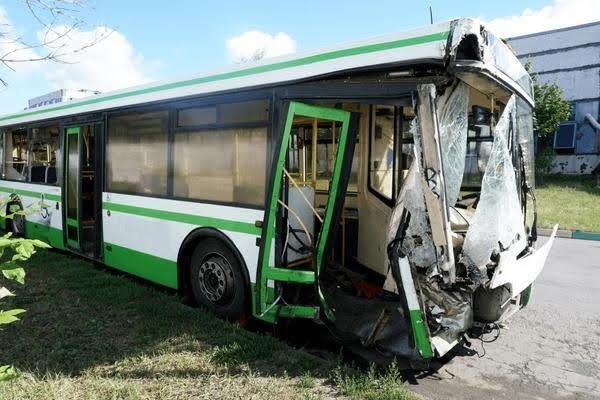Before the pandemic, monthly bus ridership in California was at 100 million in February 2019. In June 2022, the number of bus rides in California was estimated to be around 60 million. However, bus rides come with their fair share of risks.
In 2020, California reported 138 fatal bus crashes and 5,913 non-fatal crashes, but victims still sustained injuries. After a bus accident, whether you are a passenger, driver, or pedestrian, you may be entitled to compensation for your injuries. A California bus accident attorney can help you file a claim for the financial support you need to recover.
Keep reading to understand how these damages are calculated.
Analyze Economic Losses
Calculate your financial losses, also called economic damages. These include:
Medical bills
These are medical expenses to treat your injuries, such as prescription costs, physical therapy sessions, and any equipment you had to buy. Future medical care costs are also included in this estimate. For example, if you spent $35,000 to treat your broken arm after an accident, your settlement will cover this cost and the cost of any additional follow-up treatments.
Lost Wages
If you missed work because of injuries, pay stubs, tax returns, or a letter from your employer can be used to show how much income you lost. If your injuries prevent you from returning to the same job, you can also claim the loss of future earning potential.
Out-of-Pocket Expenses
Anything you had to pay for, such as transportation to appointments, in-home care, or over-the-counter medicine, is factored into economic costs.
Property Damage
If any of your belongings were damaged in the crash, let’s say your phone, bicycle, laptop, or car, the total repair or replacement cost of the items will be included under economic damages. Repair estimates, receipts, or photos are used to support your claim.
Estimate Non-Economic Charges
Non-economic damages cover things like pain, emotional trauma, and the loss of enjoyment or quality of life. These are calculated using two methods:
Multiplier Method
In this technique, you take your total economic damages and multiply them by a number between 1.5 and 5. The figure assigned depends on how severe your injuries are. For example, if your financial losses are $40,000 and you use a multiplier of 3, your non-economic damages would be $120,000.
Per Diem Method
In this method, a dollar amount is assigned to each day you suffer from your injuries. The amount is then multiplied by the number of days you are expected to be affected. For instance, if the daily figure is $200 and you suffered for 180 days, the sum will be $36,000.
Liability
The degree of liability can be used to calculate damages. In states that use comparative negligence, you can recover compensation even if you are partly at fault. Therefore, if you are found to be 30% at fault and the damages are estimated to be around $100,000, you can recover $70,000.
Final Thoughts
Apart from the methods listed above, you can calculate damages by checking for insurance and legal limits. Many states place a limit on how much the government can be sued for. If the bus company is private, then the insurance coverage available will determine how much you can recover.


